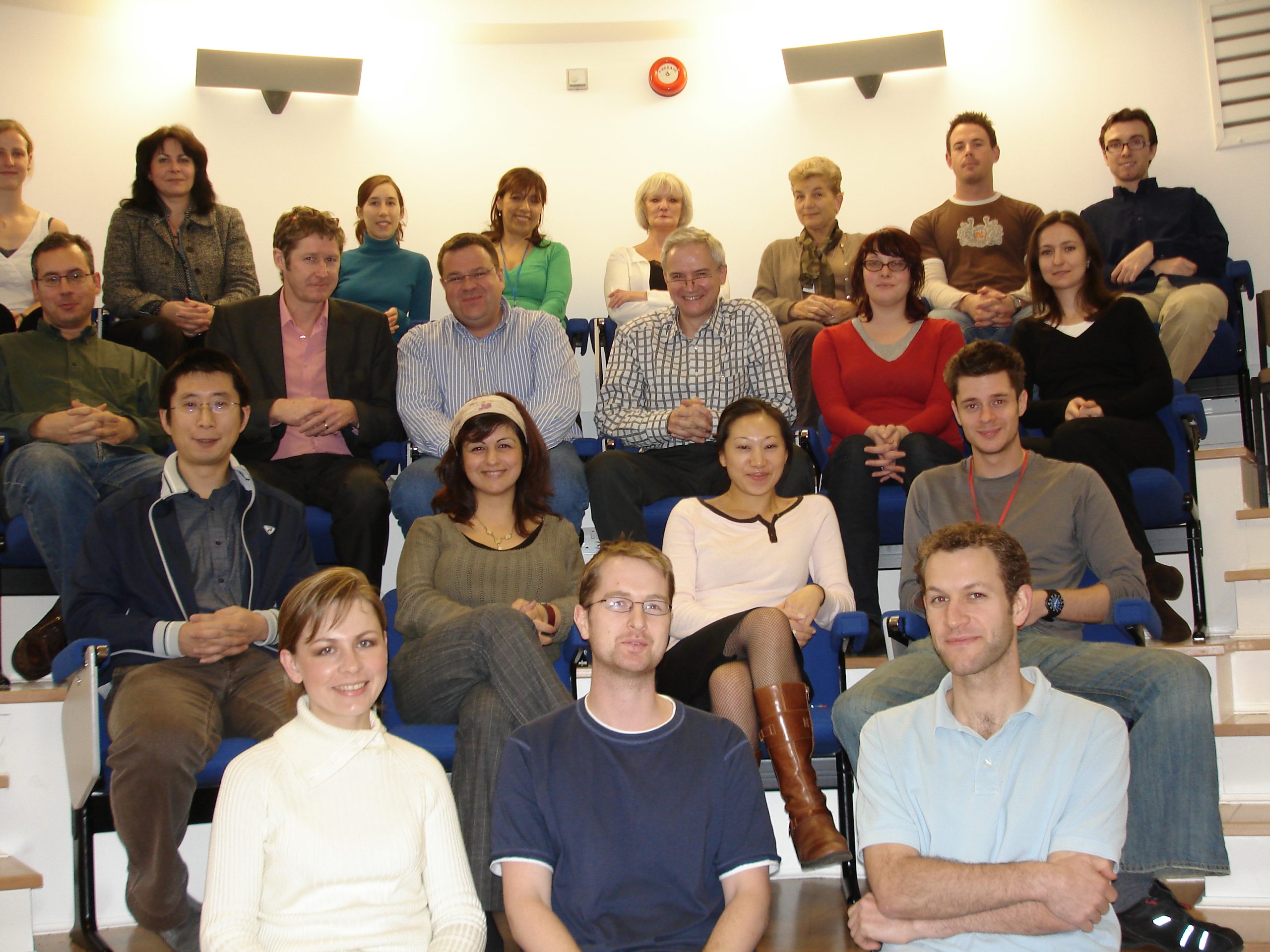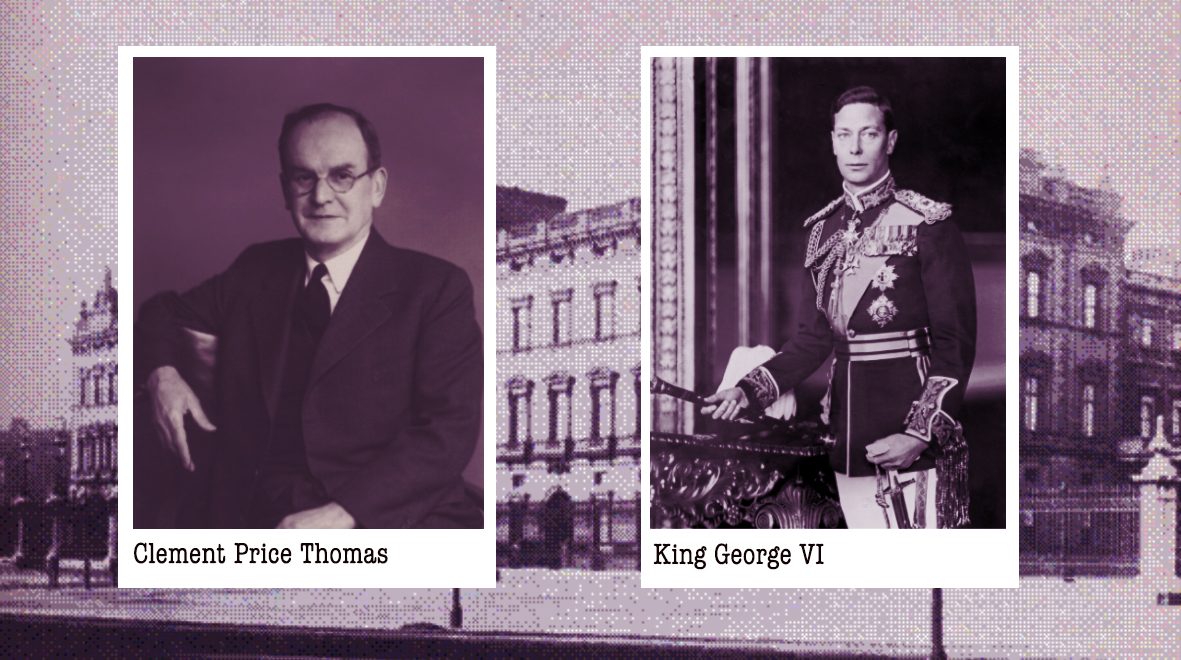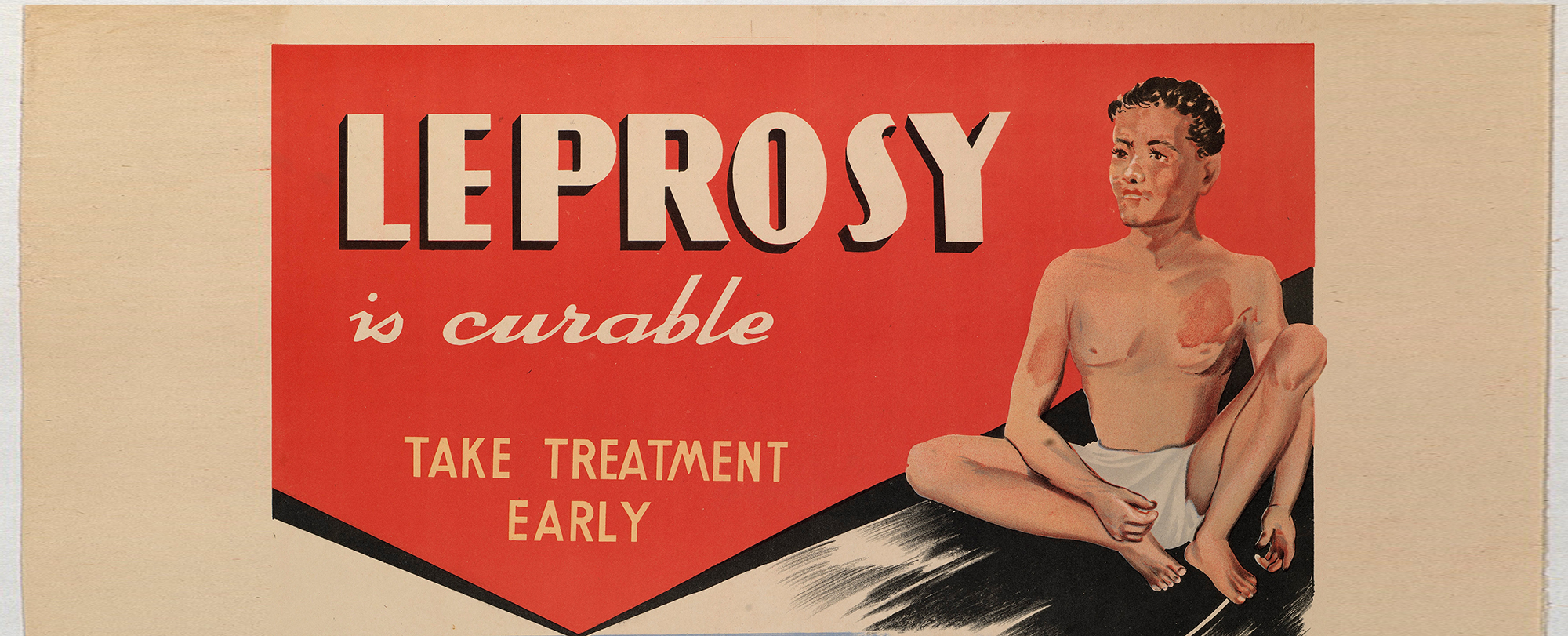
As the Faculty of Medicine prepares for the full decant of the St Mary’s Medical School Building, Professor John Tregoning, Professor in Vaccine Immunology in the Department of Infectious Disease, takes a trip down memory lane, reflecting on almost 20 years spent working in the “site steeped with history.”
On the 1st of August 2024, as part of a wider departmental move, I will leave the St Mary’s Hospital campus having worked there for nearly half my life. As such, it felt like time to reflect.
I first crossed the threshold when the St Mary’s medical school had just merged with Imperial in 1999, visiting friends who were studying there. Admittedly, it was not in an academic capacity. I went to the long-closed, but legendary bar in the basement (allegedly it closed because seeing future doctors heavily inebriated was off-putting to those visiting the hospital). I don’t remember much of that night, a fact I am putting down to time passed, rather than beers consumed.


